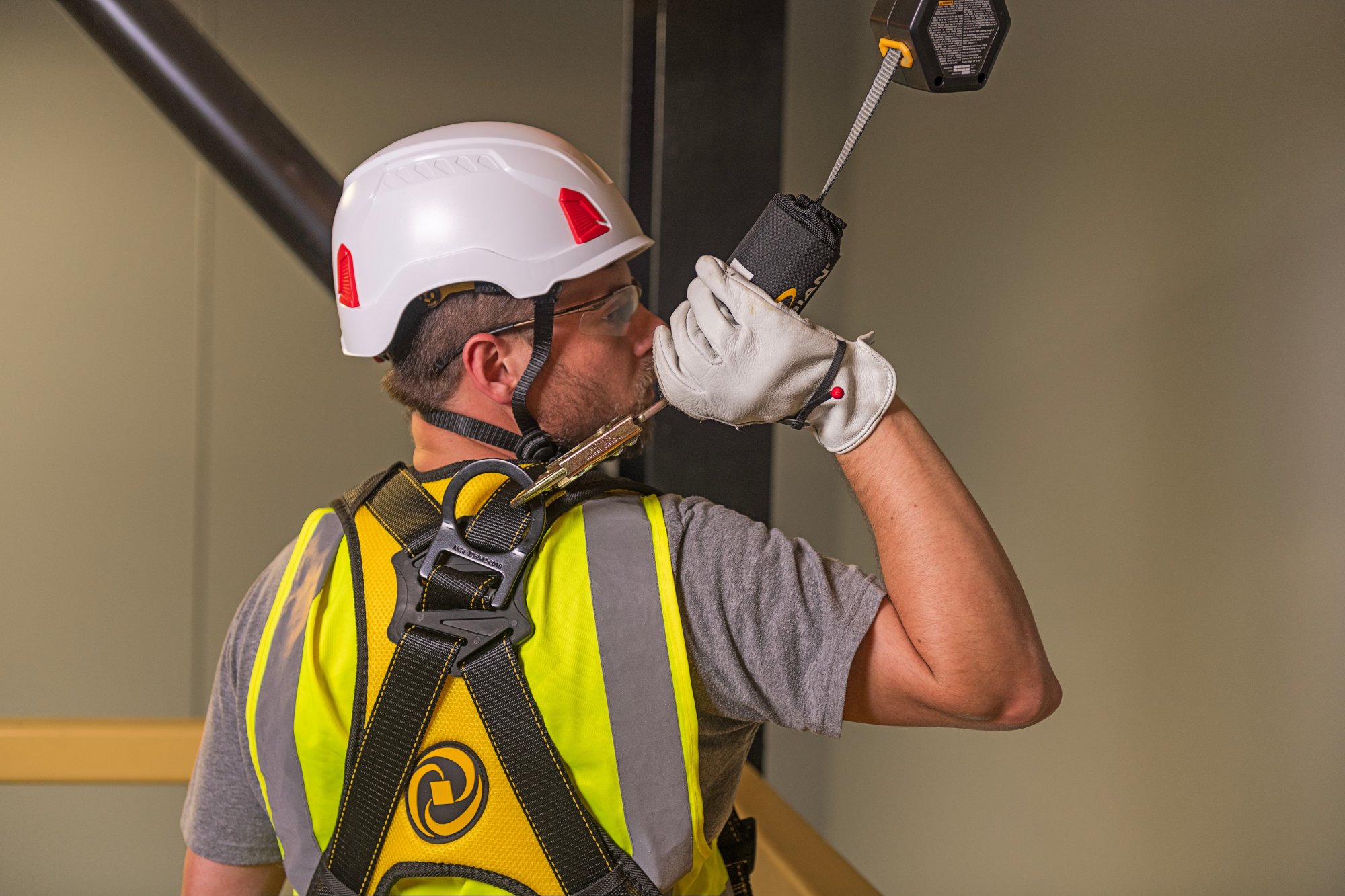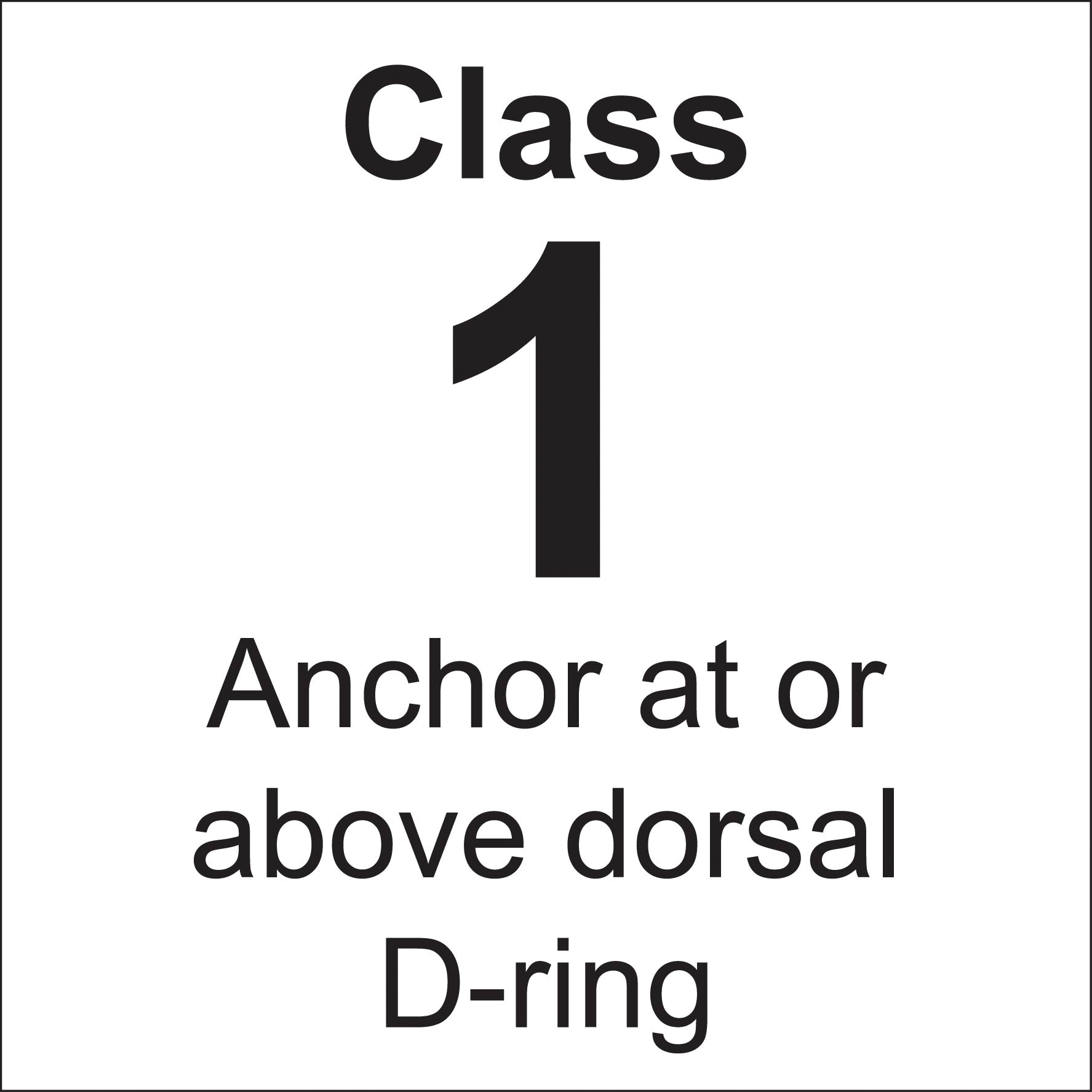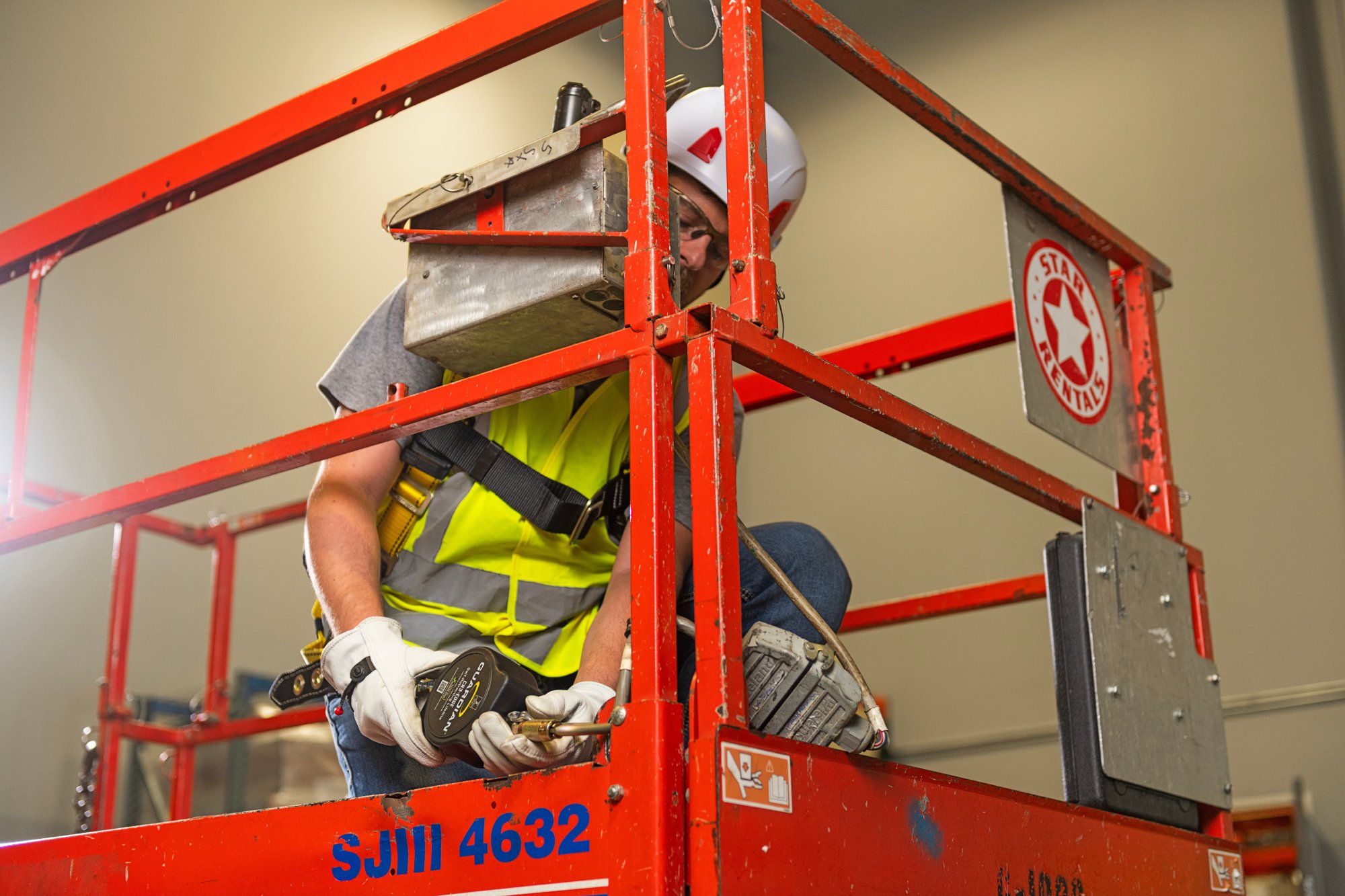
Self-retracting devices* (commonly called self-retracting lifelines, SRLs, self-retracting lanyards or even yo-yos) are a popular option for many fall protection applications. Unlike traditional fixed-length lanyards, which limit movement to a relatively short radius around an anchor (typically 6 feet or less), SRLs, which utilize a length of retractable cable or webbing contained within a housing, can increase that radius to as much as 100 feet. This allows the worker at height greater freedom of movement across the work area while remaining safe.
Although the many available SRL variants may share some features, there is no one-SRL-fits-all solution. SRL performance (that is, how an SRL is expected to behave during a fall arrest event) is largely governed by the updated ANSI/ASSP Z359.14-2021 Safety Requirements for Self-Retracting Devices standard, which sets forth testing procedures and results requirements for manufacturers. Given the variability in design and performance of available SRLs, it is important that safety professionals, jobsite competent persons and workers at height have a solid understanding of the technical performance of SRLs so they can choose the best solution for a specific application.

New Classes for Anchor Location
The first factor a safety professional must consider before selecting an SRL is where the SRL will be anchored. To help guide the user, the American National Standards Institute (ANSI) now separates SRLs into two classes: Class 1 or Class 2. Class 1 SRLs are suitable for applications where the SRL is connected to an anchor that is at or above the harness dorsal D-ring, and Class 2 SRLs are suitable for applications where the SRL is connected to an anchor above or below the harness dorsal D-ring. These new classes are a departure from the previous Class A and Class B designations found in the 2014 edition of the standard, which only specified the dynamic performance of the SRL (24-inch or 54-inch arrest distance and 1,350-pound or 900-pound average arrest force respectively) but provided no guidance as to which application the SRL might be suitable.


Also note that because the new Class 2 designation permits anchoring the SRL below the dorsal D-ring (including foot-level), it replaces the old leading edge (LE) classification of a fall protection application where the lifeline component of an SRL might contact the edge of a fall hazard during a fall. ANSI Class 2 compliance testing procedures remain a 5-foot free-fall drop test over a 0.005-inch radius steel edge (both perpendicular and offset by 5 feet) with the SRL mounted at foot level.

Class & Type Determine Application
In addition to new classes, ANSI also clarified SRL types. Understanding how an SRL’s class and type combine helps determine the application for which it is suitable.
- SRL — A standard, anchor-mounted self-retracting lifeline for use in common fall protection applications. Standard SRLs can range in length from 15 feet to 100 feet and are the most common SRLs found on jobsites.
- Class 1 SRLs — These SRLs are suitable for use in applications where the worker needs wide freedom of movement, such as interior construction, material handling or when at the top of fixed ladders, where there is no potential for the lifeline to contact the edge of the walking surface (or other material) in the event of a fall.
- Class 2 SRLs — These SRLs offer the same wide freedom of movement but are permitted for use in applications where lifeline and edge contact is a potential such as steel erection, bridgework or any application where no overhead anchorage is available.
- SRL-P — A personal, compact and lightweight self-retracting lifeline that is intended to be mounted to the user’s harness D-ring or directly to the harness webbing via a specialized connection method such as a personal connector bracket. SRL-Ps generally range in length from 6 feet to 11 feet and may be available in a dual-leg configuration to permit 100% tie-off when changing from one anchor to another or transitioning across anchors such as with horizontal lifelines.
- Class 1 SRL-Ps — A popular choice for workers who need mobility across the jobsite and change location often. They excel in applications such as rebar prep whereby the worker must climb the rebar tower, continually connecting to and disconnecting from the tower itself as work progresses.
- Class 2 SRL-Ps — This option is excellent in applications such as beam-walking where the worker is connected to a trailing, foot-level anchor and must traverse along the beam as work progresses. They are also suitable for some mobile elevated work platform (MEWP) applications to protect workers in scissor- or beam-lift operations such as warehousing or maintenance (always check with the MEWP manufacturer to confirm suitability with the specific SRL-P).
- SRL-R — A rescue capable self-retracting lifeline that operates as a standard SRL during normal use but also includes a means of raising or lowering the connected worker in the event of a fall. The raising or lowering mechanism may be manual (in the form of an attached handle or crank) or powered by external means. SRL-Rs are commonly used in confined space or rescue operations in conjunction with tripods. Due to their weight, complexity and cost, they are not typically suited for general use across most jobsites.

Putting It All Together
It is clear that the intention of the latest ANSI/ASSP Safety Requirements for Self-Retracting Devices standard is to provide height safety professionals with not only the technical specifications or performance of an SRL, but also to help better guide them in the selection of an SRL for a specific application. As a result of ANSI simplifying SRL nomenclature and requiring more explicit labeling (including comprehensive fall clearance charts for Class 2 SRLs and SRL-Ps), height safety professionals can more confidently protect workers at height — and that’s a change everyone can get behind.
*Self-retracting device (SRD) in an umbrella term used by ANSI to define in general any device that utilizes a length of cable or webbing contained within a housing that allows the user to walk normally without restriction, but locks in the event of a fall to prevent serious injury.
